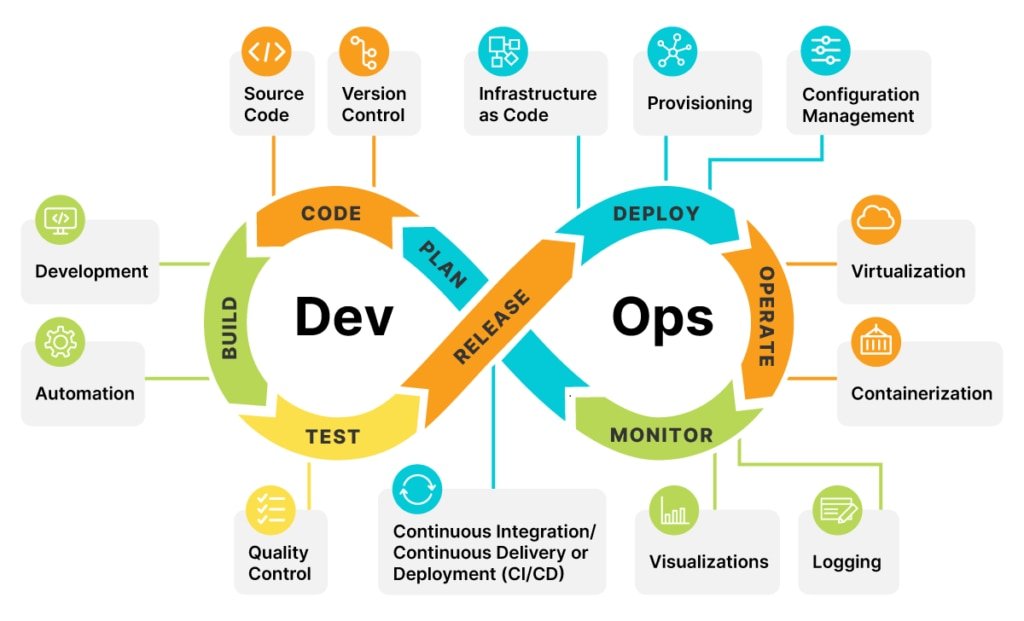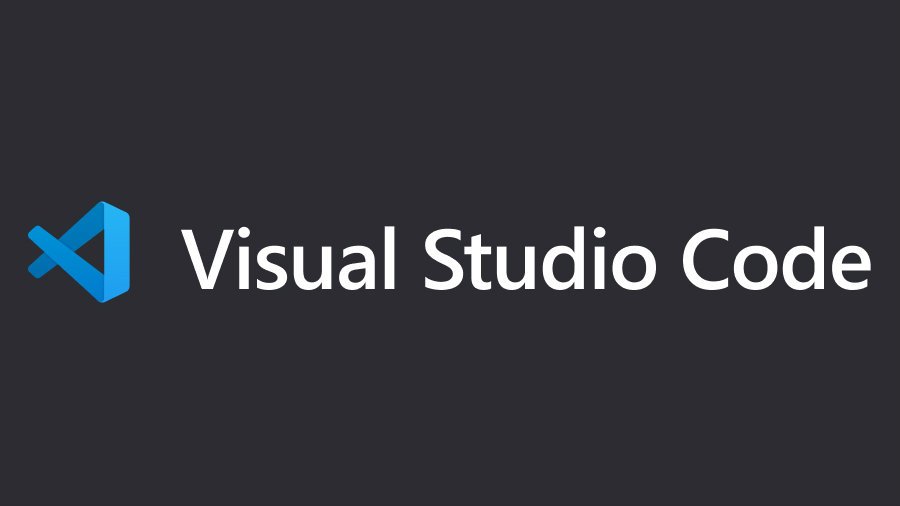You’re probably aware of the STAR method (Situation, Task, Action, Result) and its importance in the Amazon interview, but I wanted to talk about a different method, my favourite, the DIGS method and why I think it’s way better than the STAR.
Anyone who has ever sought a job has attended an interview, and let’s be honest, no one likes interviews, whether you are prepared for it or not, I mean, you don’t know what to expect.
Here is a case scenario. You’re interviewing for an AWS Solutions Architect role, and things are going well:
- You didn’t get lost on your way to the office
- You made some friendly small talk with the hiring manager
- And you’re nailing your answers to the questions you’re being asked.
And Just when you start thinking you have this in the bag, you hear the interviewer say, “Tell me about a time when….”
Your stomach drops. You rack your brain for something—anything! —you can use it as an example. You grasp at straws and finally stumble your way through an anecdote that only sort of satisfies the prompt.
Now let’s cut to the chase- There’s a strategy you can use to come up with way more impressive answers to these dreaded questions: the STAR interview method. STAR stands for Situation, Task, Action, and Result.
The STAR interview technique offers a straightforward format you can use to answer behavioural interview questions – You are required to
- briefly give the interviewer the story’s background – That’s the situation and the Task you had to execute,
- Specific actions you took,
- And the results of your actions
Over time, the STAR method became standard for interviews, and Amazon interviews are no different: You will be asked a lot of behavioural interviews. This is because it can be an important tool for providing context behind the major and minor wins in your career.
What’s more, not only will the STAR interview method help you stand out, but it’s also an effective way to show the interviewer that you’ve got the skills for the job—and the results to prove it—and every employer wants that, don’t they?
And, because each behavioural interview question requires you to share a specific story highlighting your strengths and skills, thoughtful preparation can help you feel confident and prepared.
So make sure to prepare a few situations in advance to be able to tell a concise story in two to three minutes, and for more information on the same, remember to watch this video (insert link) and learn more about the interview process. And for those interested in learning more about the Tech U program, you can watch this video as well (insert link).
Amazon is famous for its Leadership Principles, like “Learn to be Curious”, “Hire and Develop the Best”, and ‘Earn Trust’
So let me give you a few examples of behavioural interview questions relevant to Amazon:
Customer Obsession: Please walk us through a time when you helped a customer through a difficult process and what that looked like.
Frugality: Tell me a time when you came up with a clever way to save money for the company.
In answering these behavioural questions for an Amazon interview, pick a situation that relates to one, or multiple 16 Amazon Leadership Principles. because, by having you share an example from your past, Amazon interviewers hope to deduce how you might perform on the job in the future. It’s reasonable to expect that if you were put in a similar situation, you would do no worse than how you performed in the past.
That being said, the STAR method has its shortcomings as well. And to me, after interviewing hundreds of candidates in my career, following the STAR method just feels boring, feels like reading a flavourless script. It definitely helps the structure of the story which it’s great, but if it’s a story we’re telling in this interview, if the interviewer is giving you their time and attention, is there a way to make it worthwhile, to make it more interesting? After all, we’re humans, and humans are suckers for good stories.
And that’s when I stumbled upon the other side of the coin—the DIGS method. The DIGS Method stands for:
· Dramatize the situation
· Indicate the alternatives
· Go through what you did
· Summarize your impact
Normally, entertaining and captivating stories usually have a dramatic dilemma, and that is why in this method, you need to dramatize and amplify the story first. Details and context are imperative when crafting a narrative about why your job, your project, or your product matters.
Statistically, At Amazon, from 200 resumes, only 2 will see their way towards the hiring manager’s desk. So You have to differentiate yourself one way or another, and with DIGS, you’re emphasizing the issues that were conducive to reaching goals and problem-solving.
Secondly, the approach suggests that you indicate the alternatives – that’s the “I”
The interviewer needs to understand why the choices you made were best with respect to the alternative solutions.
Describing other possible solutions can help you and your final solution stand out; not doing so makes your choice seem expected and ordinary.
Therefore, strive to pose three other alternatives to make the listener feel informed but not overwhelmed. and it will be a bonus point if you can describe the pros and cons of each approach. This will show the analytical traits that hiring managers look for.
Thirdly, try and describe what you did. That’s what the STAR method calls “Action”.
The interviewer should get a front-row seat to the replay. What happened first? Who did you call? How did they respond? Did you get any resistance? This helps the listener get an idea of how involved you were and the ways in which you influenced the situation.
And finally, summarize the impact.
The best stories often conclude by recapping the main actions and their impact on the overall situation. Tell your listener how you made a lasting difference and how your actions benefited the business. Provide concrete details such as numbers and percentages to support the account. Try and provide a qualitative statement from an executive or a customer who thought you excelled.
These are the types of specifics that reinforce your decision-making skills.
In my opinion, I find the DIGS method way better than the STAR method because most candidates mechanically apply STAR, sucking away the appeal. The interview becomes so dull and boring, tasteless if you like.
I wouldn’t leave you without a concrete example of the DIGS method, let’s play this on:
INTERVIEWER: Tell me about a time when something didn’t go as planned.
CANDIDATE: My boss, Natasha, stormed into my office. She said, “Mike has a family emergency. You’ll have to pitch the new product feature to our leading client. If you don’t secure the $50 million deal, we’ll have to lay off 30% of the company.”
From that response, it’s all drama; you’d think it’s scripted by Tyler Perry himself. There is drama, details, and possible impact in a single statement. That would get the interviewer really eager to see through how the situation was resolved.
And so, it continues like this… indicating the alternatives.
INTERVIEWER: And how did you handle the situation?
CANDIDATE: I told my boss we had other options for sure. We could have convinced the clients to further push the timeline so that Mike could get back, but that would have compromised the overarching timeline that had been planned for the product launch.
If we had decided to change the timeline of the whole presentation because of this, it would have been convenient for us as a company, but who knows- we would have lost the deal to our competitor. In the end, being good as a team player, I pulled my magic card to save the day.
Then go through what you did…
INTERVIEWER: Go on, what was this magic card?
CANDIDATE: With all the pressure on my neck and the fate of almost half of my fellow employees hanging by a thread, a thread that I held, I knew I had to do all that I could do to make it happen. I cancelled a hiking tour I had planned with my friends because I had to work through the weekend, Sunday included. Come Monday, I was ready and the presentation went well, outrightly better than what my superiors expected.
Finally, summarize the impact
INTERVIEWER: So you are saying you saved the day?
CANDIDATE: Not only did I save the day, but I also saved careers, and gained a lot of respect across the company. In fact, I got a pay raise and was promoted, serving in the same capacity as Mike, who has been exceptional in helping me grow in this line of work. At the end of the year, my former company posted the highest profits in over a decade, meaning the annual bonus for all employees also doubled. It was a great year indeed.
And so, if I were to choose between STAR and DIGS, I’d definitely go for DIGS because apart from being more realistic, captivating, and detailed, I think it connects more to our human nature and allows us to express ourselves without necessarily thinking it’s an interview, but more like a blast from the past.





